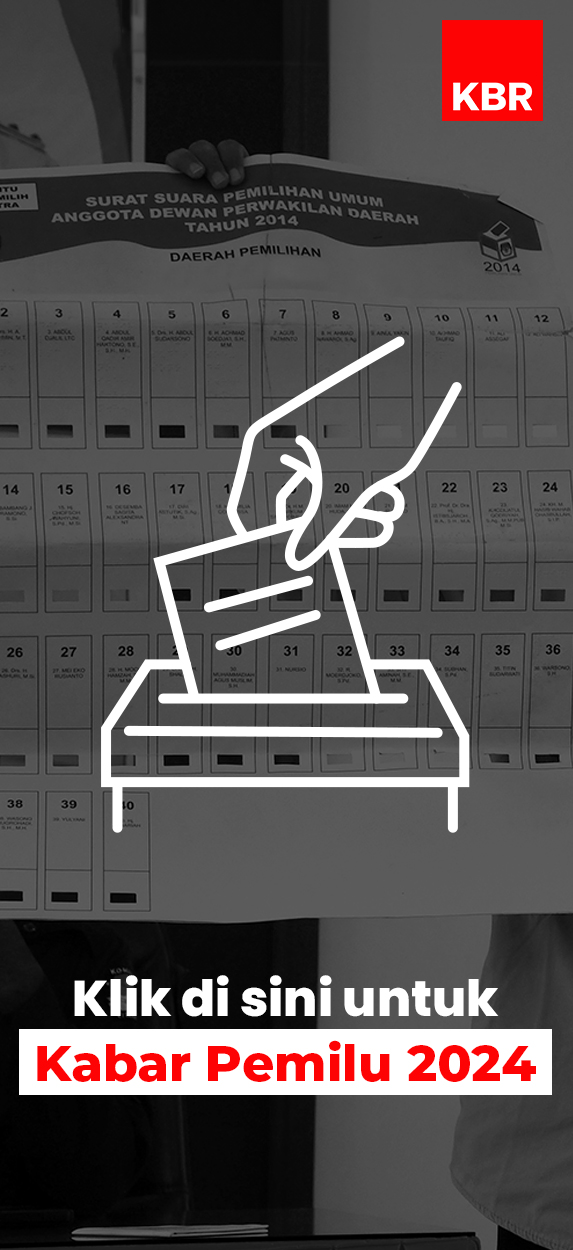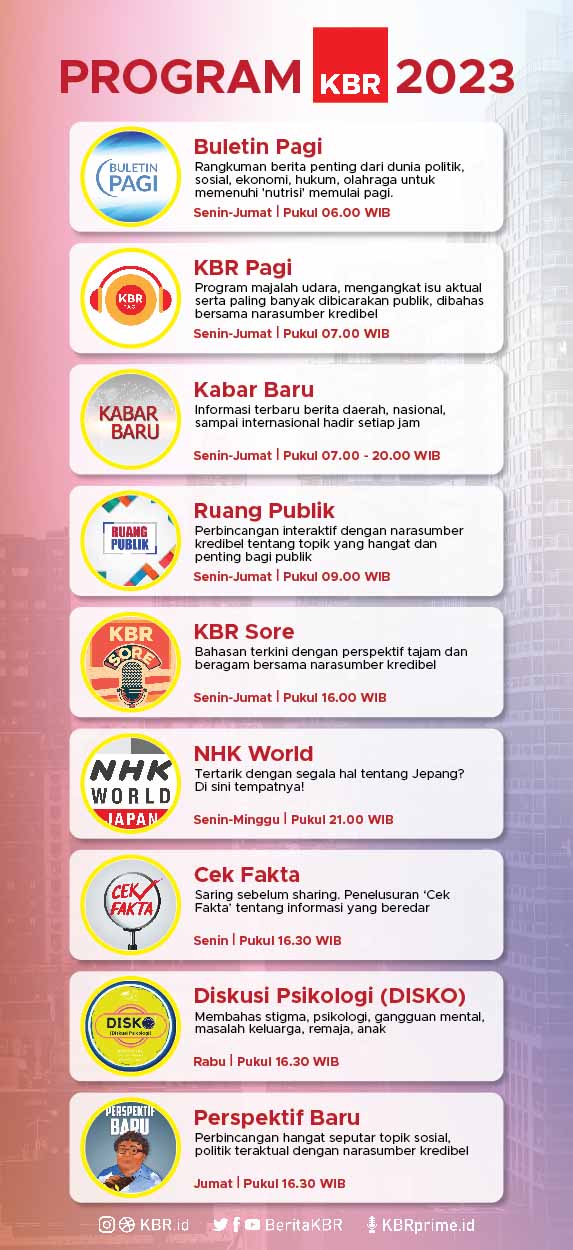It’s 6 in the morning… 10 public buses are lined up, waiting for passengers. University student Leng Lakana, says she’s happy that she can now use the bus to go to school.
“These buses are new. I want to test them out. This could help reduce traffic jams in the city.”
But her classmate, Nit Bun Tong Jy, isn’t so happy. He says the bus station is located far from his house. “We have to arrive at the station for the first bus. This means we have to get here very early in the morning to reach our school on time.”
Cambodia is trialing a new public bus system in an attempt to reduce the capital’s traffic jams. It’s the first time in over a decade. The government is introducing 10 buses, operating on a single route across the city for a month. If successful, more routes and buses will be added. With a fare of 35 cents, a bus journey is five times cheaper than taking a motorbike taxi. Housewife Chan Muny says the public bus service has many advantages.
“It’s very cheap. If you want to arrive early, you can choose a motorbike taxi, but they’re not safe. So I’ll stick with the bus.”
Road accidents are the number one killer in Cambodia. Last year, nearly 2000 people were killed on the roads and half of the accidents were caused by speeding drivers. The city tried to introduce public buses 10 years ago, but the service was stopped because of a lack of interest. City hall spokesman Long Dy Mong believes public buses will be more successful this time.
“People are now trying to reduce their use of private transport, so they can avoid traffic accidents. They’re really using our public bus service. I think the one month trial will be successful.”
But social analyst, Dr Kem Lay, says public buses are not the answer to the capital’s traffic jams.
“Our city roads are smaller compared to Bangkok or Ho Chi Minh City. We should widen the roads, both in the city and in rural areas. People also have to obey the traffic regulations so we can reduce traffic accidents and congestion in city.
Despite the excitement, around one thousand traditional tuk-tuk drivers in the capital are now worried about their future. Aun Vichear has been driving a tuk-tuk for three years. He can take up to 10 passengers a day, for which he earns about 6 dollars.
“When public transport becomes more popular in the future, we could lose our jobs. We will earn less money. We need to find another job to feed our families in the village.”
The government employs 20 bus drivers for the new public transport service. Khem Thy used to be a driver for a small private transport company in Phnom Penh. But now he’s driving a 36-seat bus every day.
“I am so happy that we have new jobs. We hope people will ride our bus because we offer a safe ride for our passengers. When there are no traffic jams or accidents, people can get to their destination on time.”
Cambodia Launches Public Bus Service to Reduce Traffic Congestion
The government Cambodia is now launching a new initiative to combat traffic jams: the first public bus service in over a decade.

INDONESIA
Sabtu, 15 Feb 2014 13:02 WIB


Cambodia, bus, transportation, traffic jam, Borin Noun
Kirim pesan ke kami
WhatsappRecent KBR Prime Podcast
Kabar Baru Jam 7
Strategi Perempuan Pengemudi Ojol Mengatasi Cuaca Ekstrem (Bag.4)
Arab Saudi Bangun Taman Hiburan Bertema Minyak di Tengah Laut
Menguji Gagasan Pangan Cawapres
Mahfud MD akan Mundur dari Menkopolhukam, Jokowi: Saya Sangat Hargai




